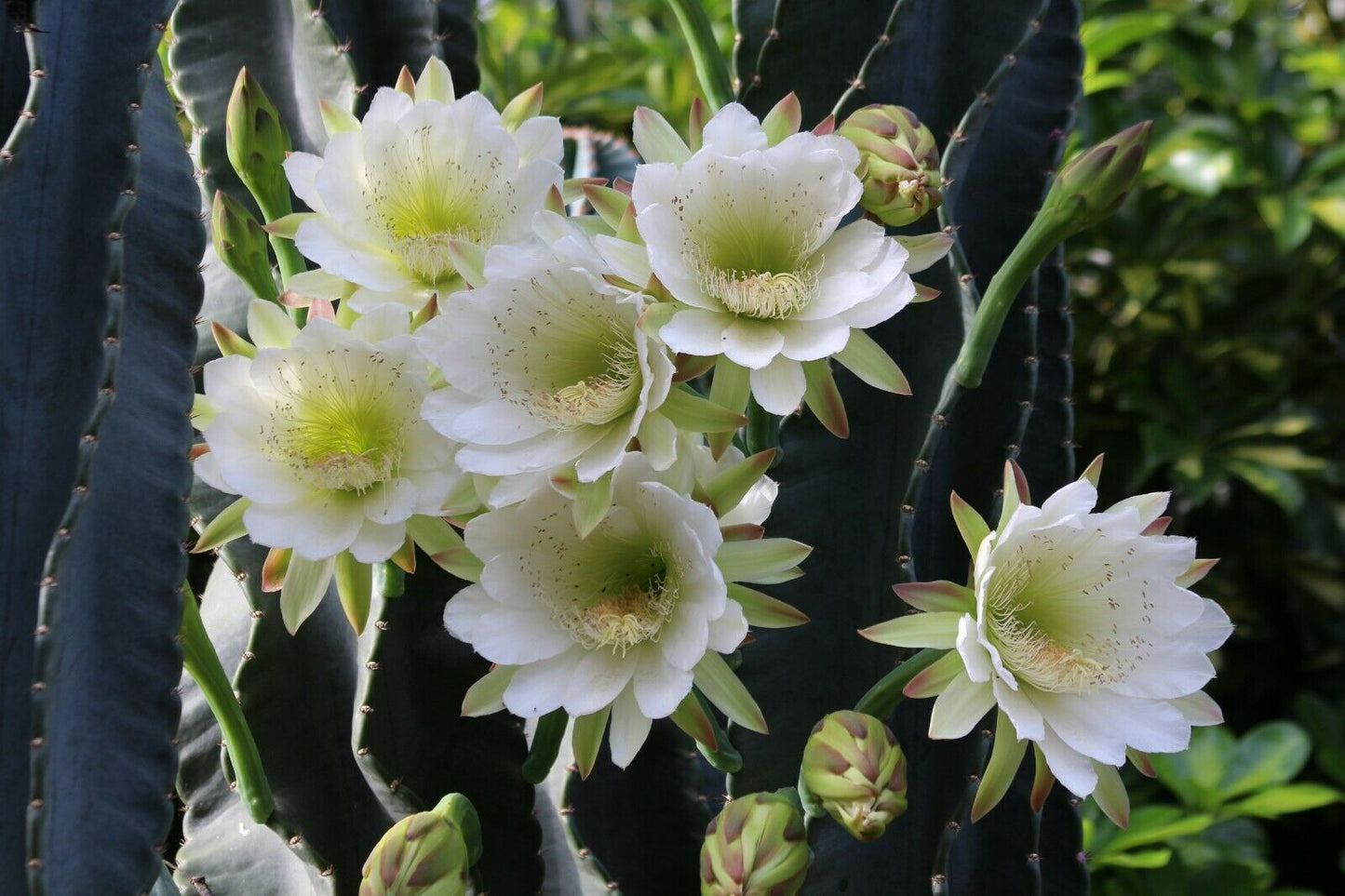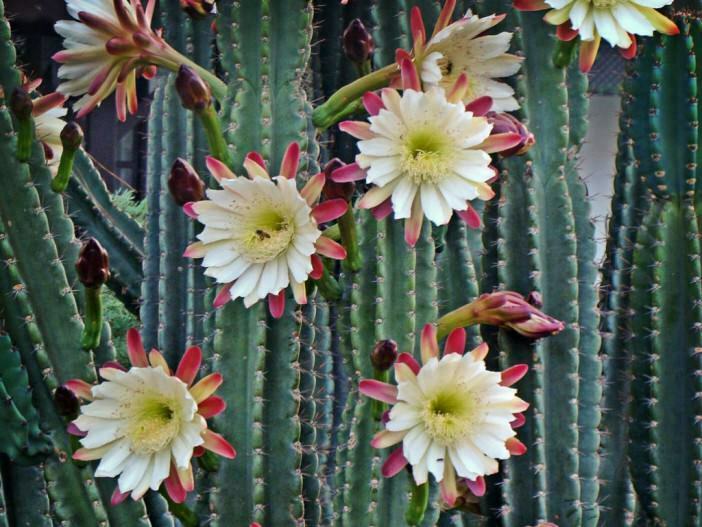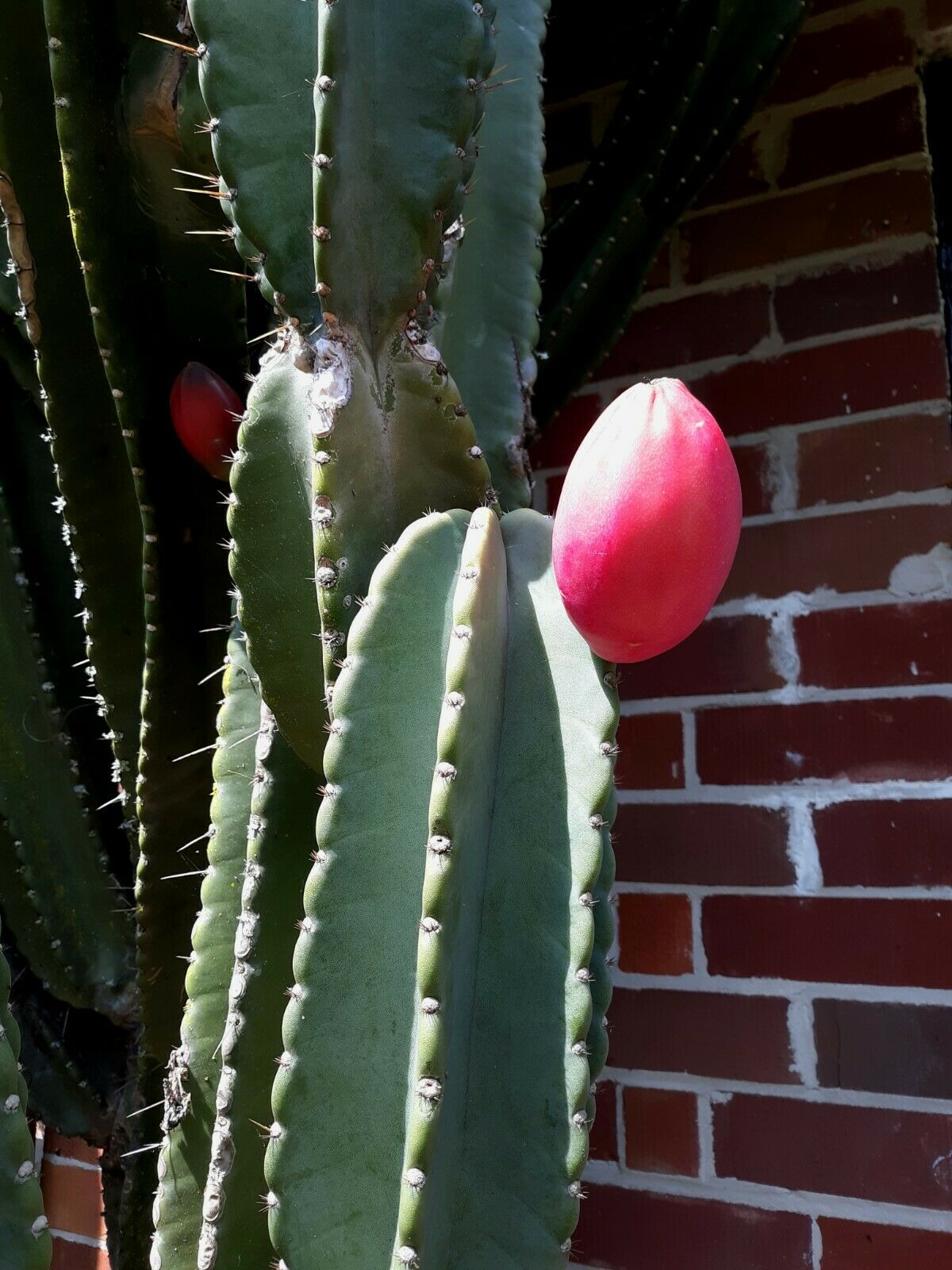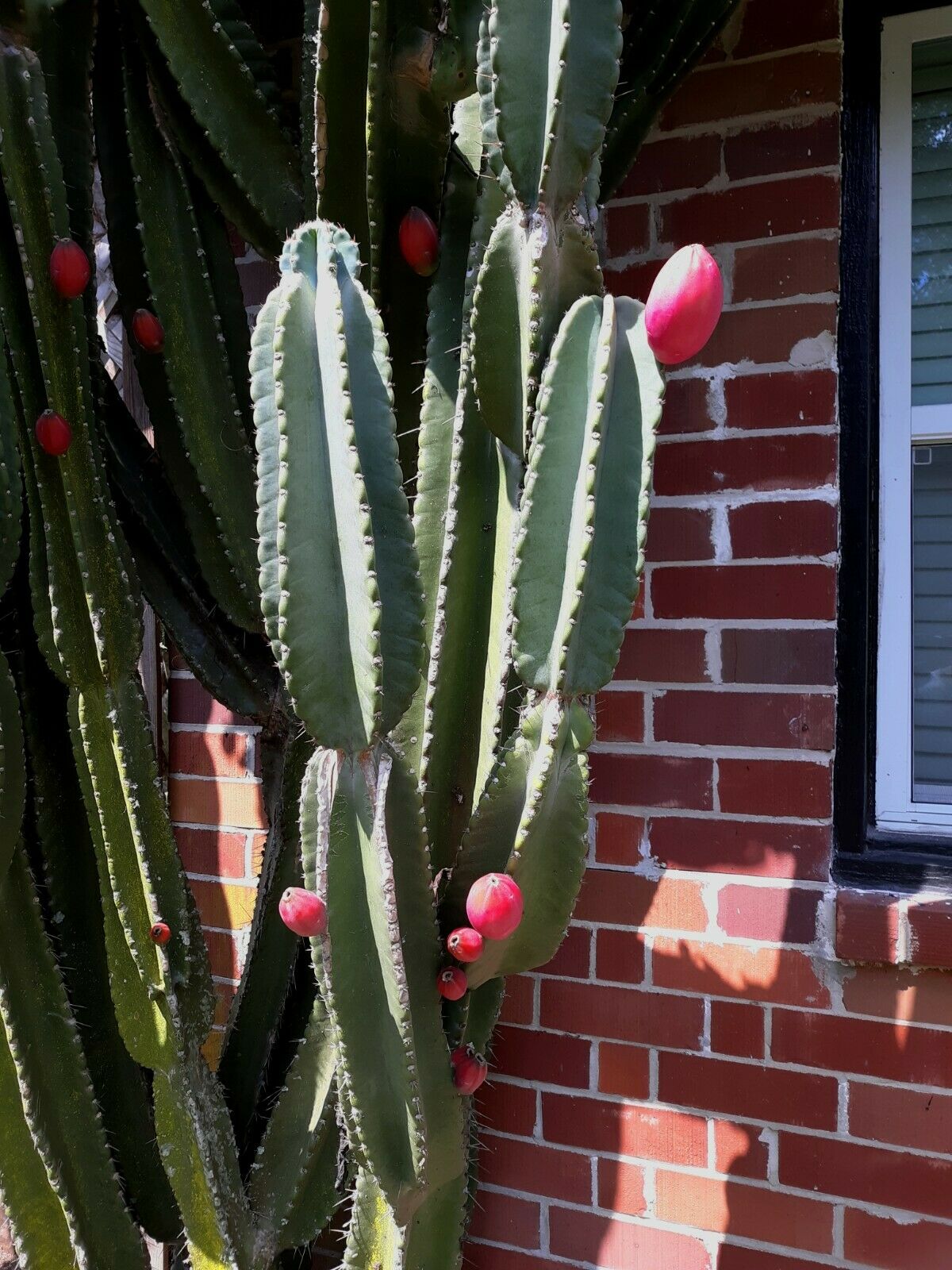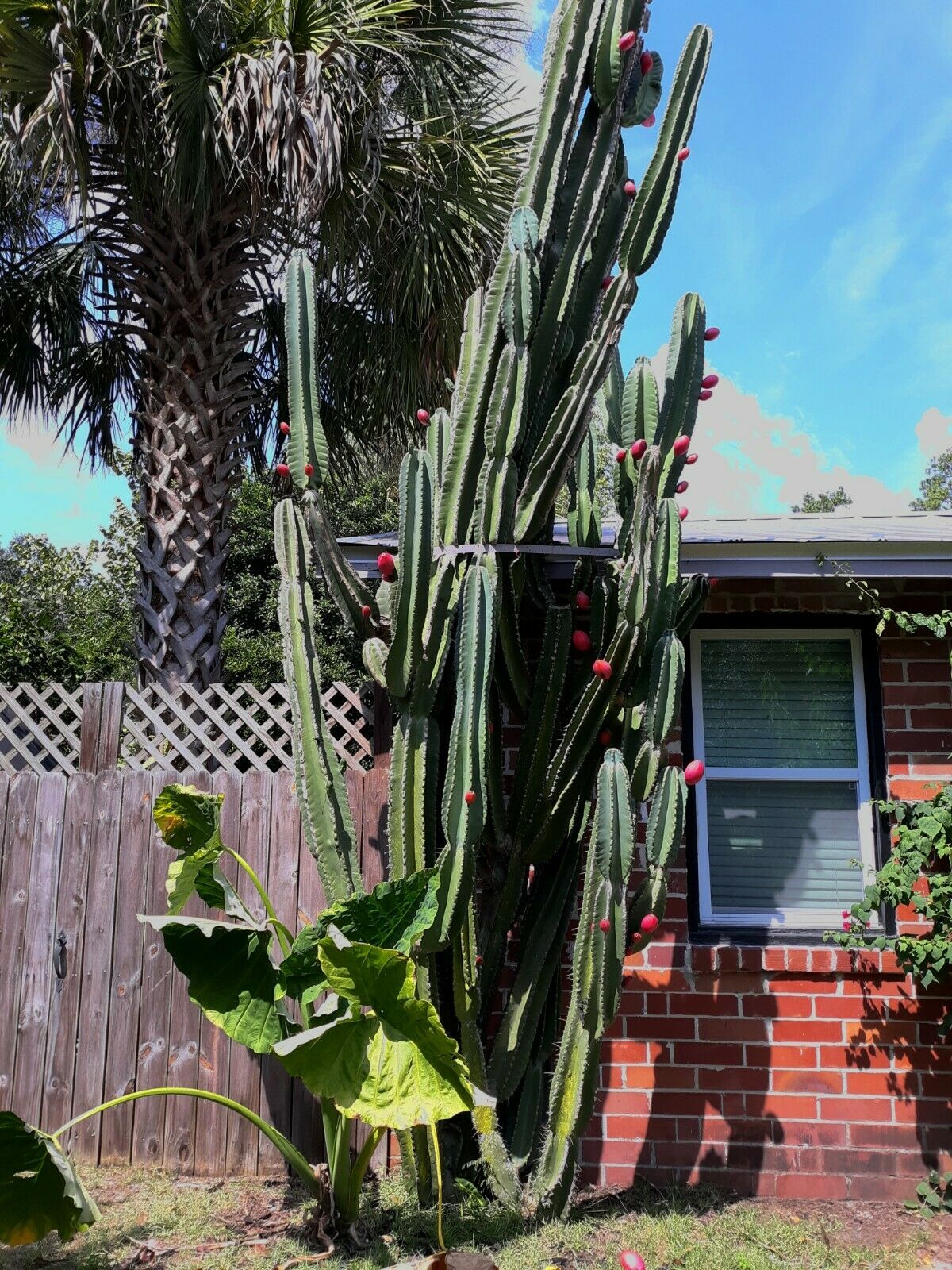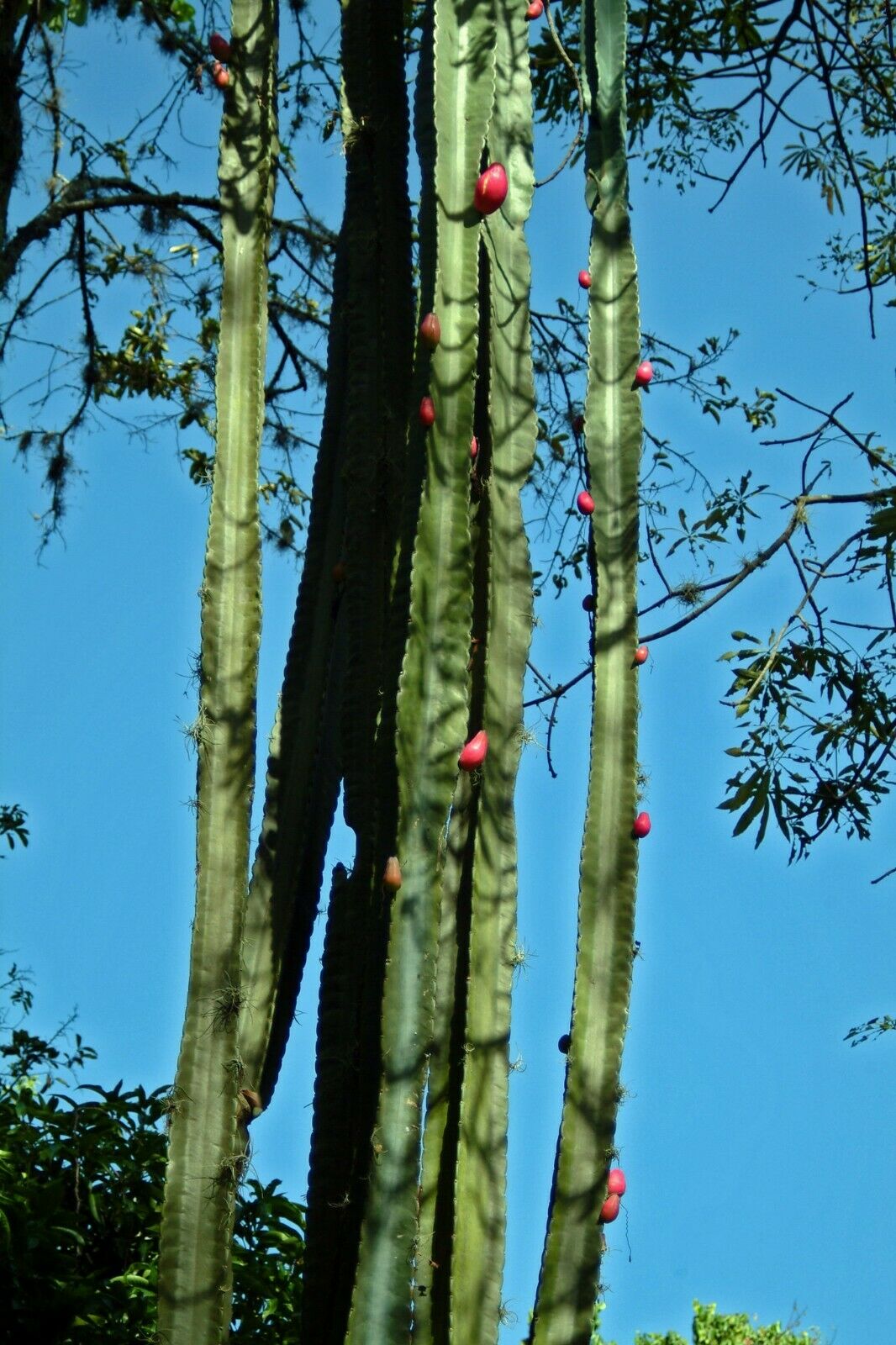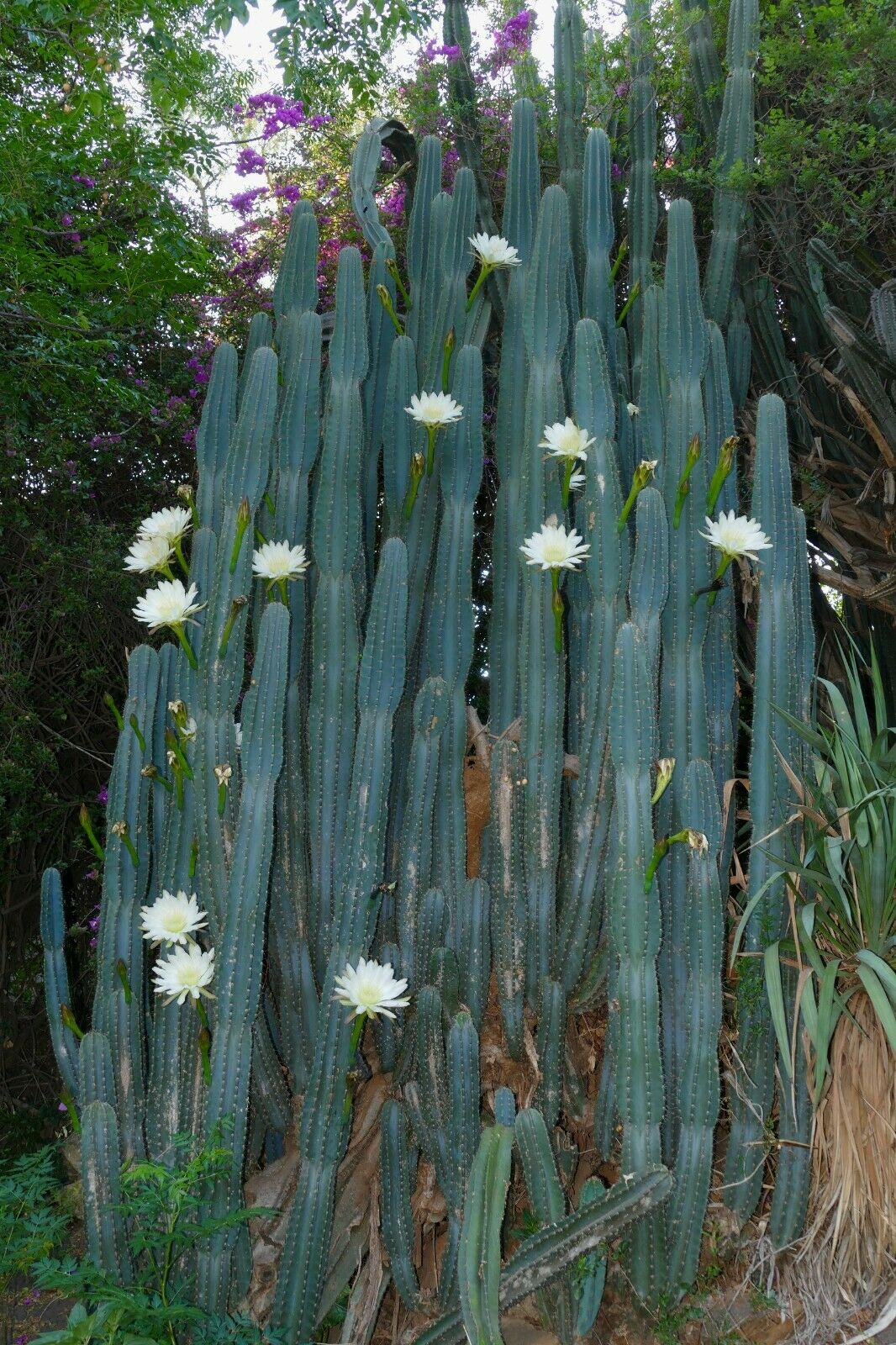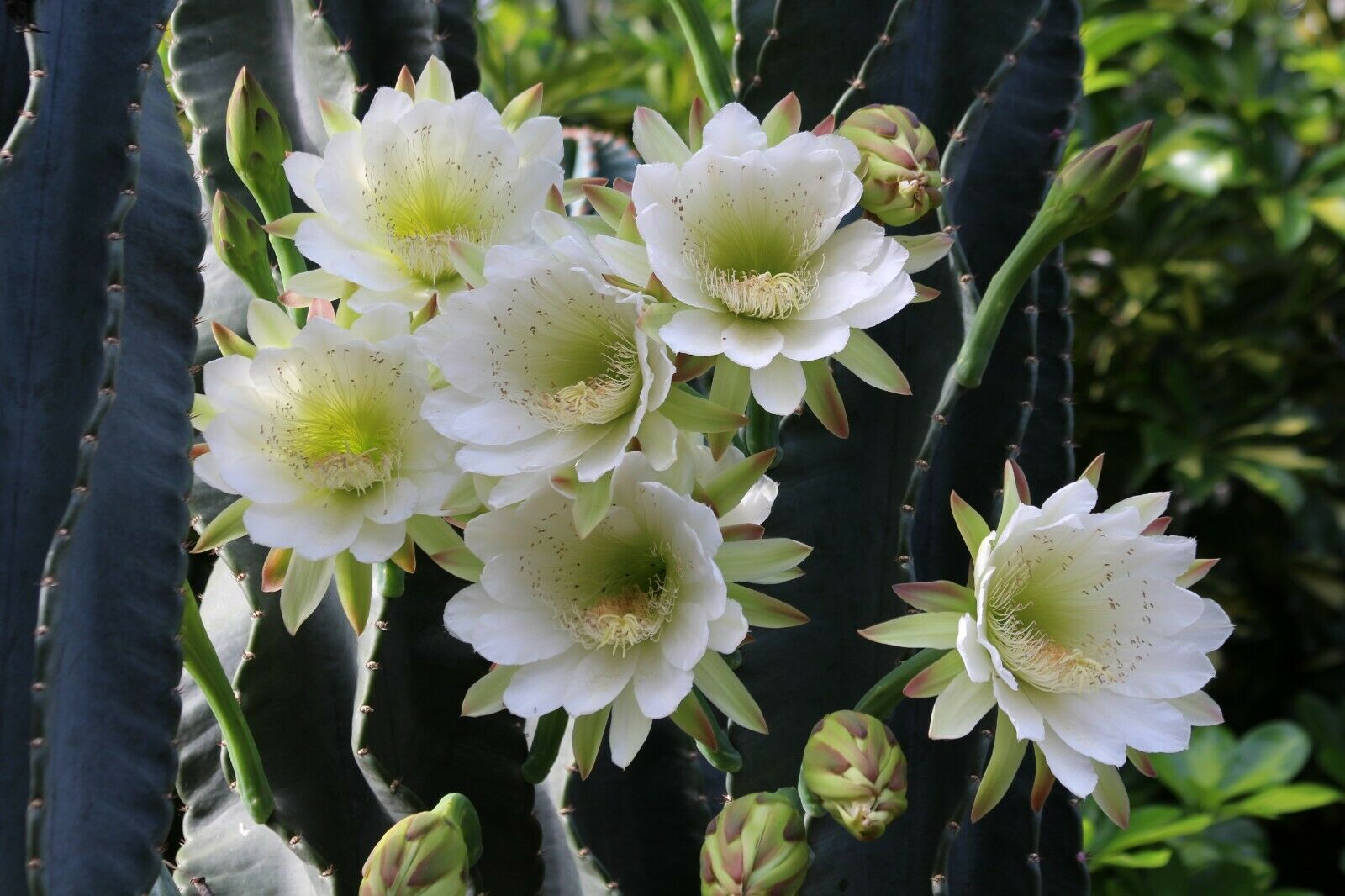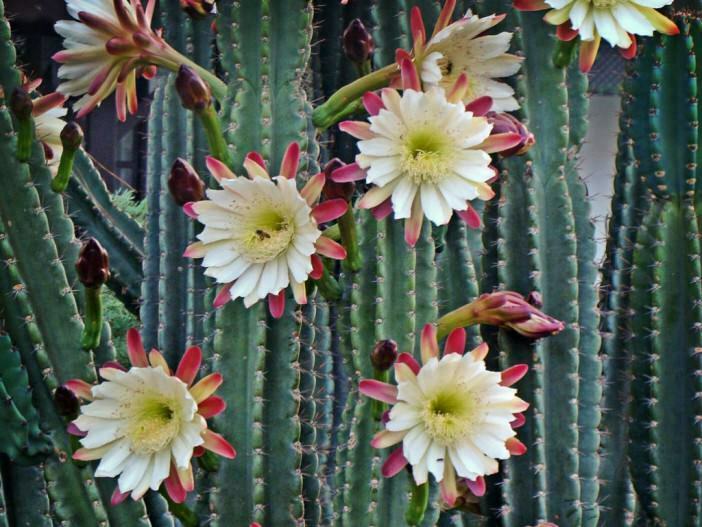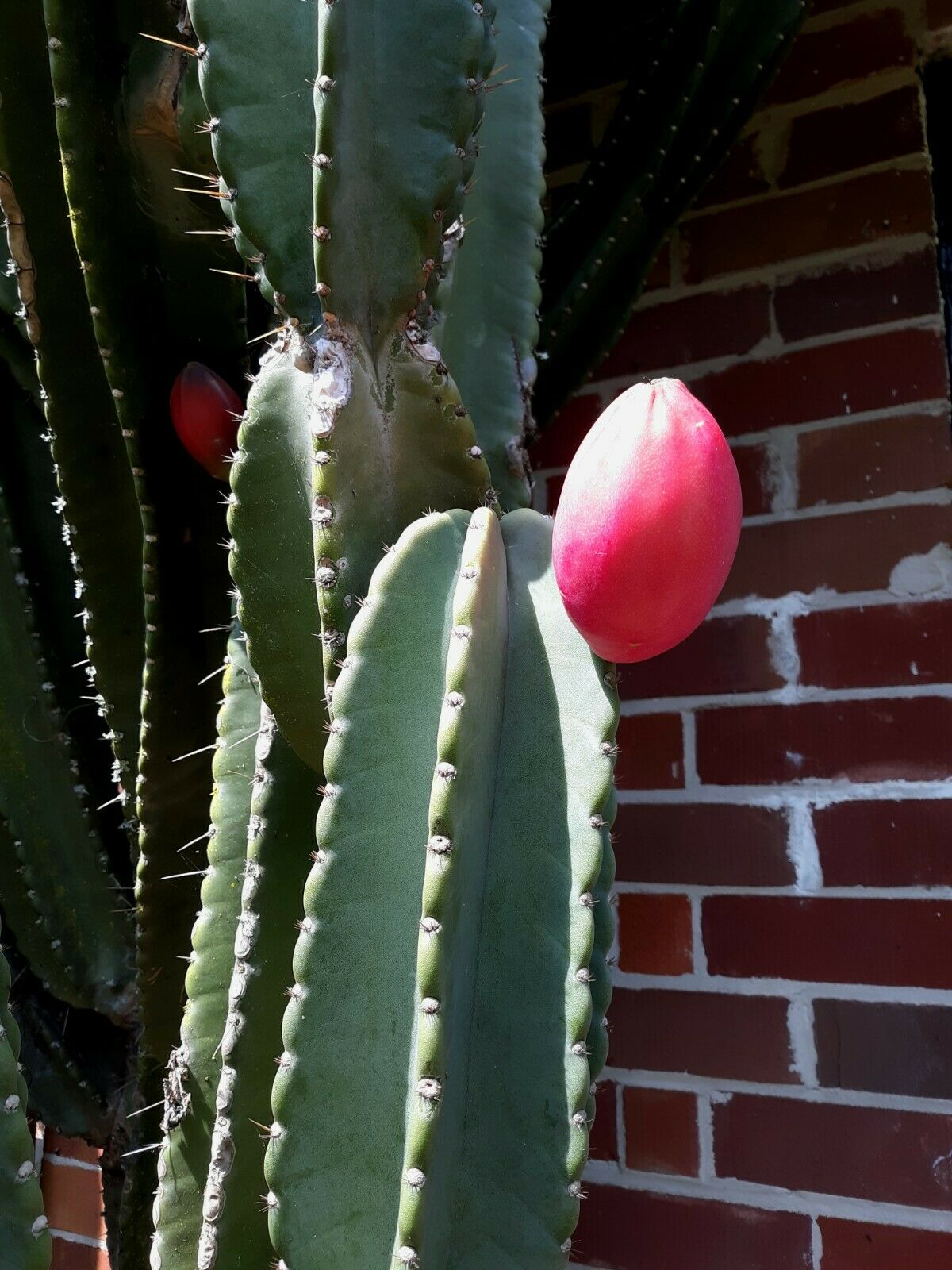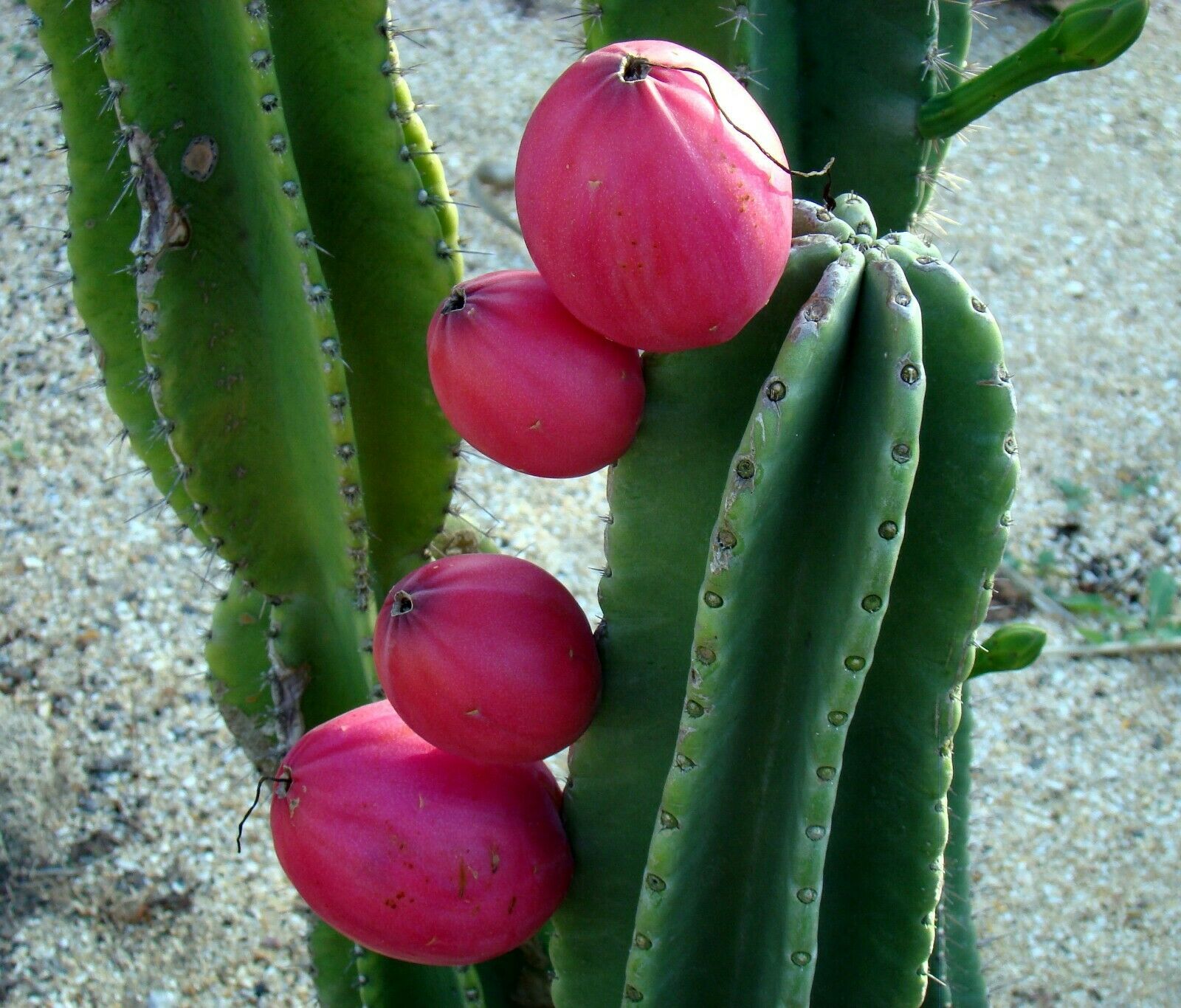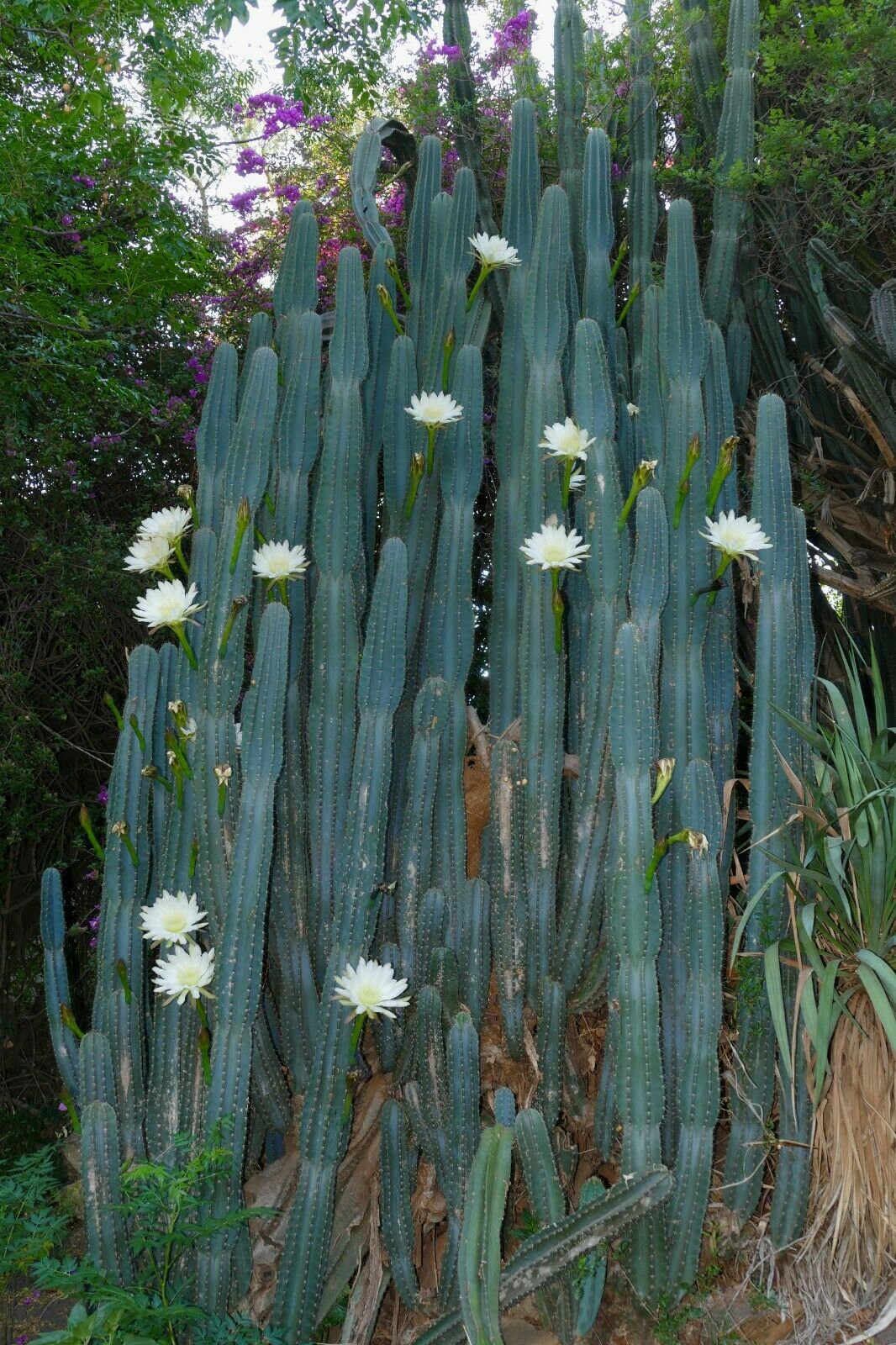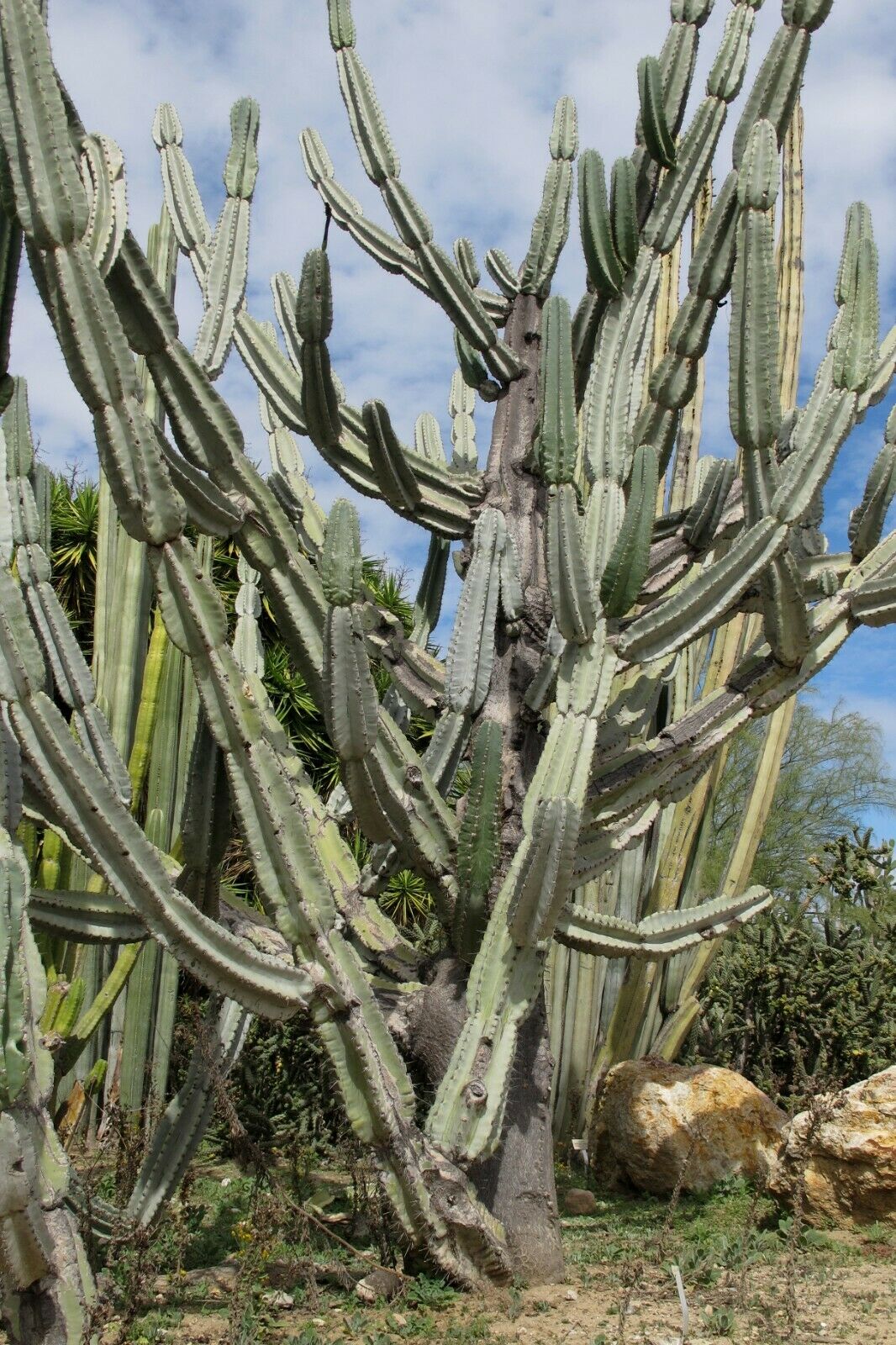Floridaseeds
Peruvian Apple Cactus Cereus repandus 200 Seeds USA Company
Peruvian Apple Cactus Cereus repandus 200 Seeds USA Company
Couldn't load pickup availability
Cereus repandus, commonly known as Peruvian apple cactus or queen of the night, is a species of cactus native to South America, particularly found in the Andes region. Here are some key features and information about Cereus repandus:
Appearance: It is a large, columnar cactus that can reach heights of up to 10 meters (33 feet) tall. The trunk is ribbed and green, with prominent vertical ridges. Its branches are often multiple and sprawling, with each stem having several ribs.
Flowers: Cereus repandus produces large, showy, white flowers that bloom at night. These flowers are often fragrant and attract pollinators such as bats and moths. The flowers typically bloom for one night only.
Fruit: After flowering, the plant produces large, reddish-orange, oval-shaped fruits that resemble apples in appearance and are edible. The fruits are often called "Peruvian apples" or "apple cactus fruits." They have a sweet taste and are commonly used in juices, jams, and desserts in South America.
Habitat: This cactus species is well-adapted to arid and semi-arid environments, often found in rocky slopes, dry forests, and desert regions. It can tolerate a wide range of temperatures and soil conditions but requires good drainage.
Cultural Significance: Cereus repandus has cultural significance in South America, where it has been used for centuries by indigenous peoples for food, medicine, and as a water source. The fruits are an important part of local cuisine, and various parts of the plant are used in traditional medicine for treating ailments such as inflammation and gastrointestinal issues.
Cultivation: In cultivation, Cereus repandus is popular as an ornamental plant in gardens and landscapes in regions with a similar climate to its native habitat. It is relatively easy to grow and can tolerate drought once established. However, it requires protection from frost and excessive moisture, particularly during the colder months.
Growing Instructions
- The seeds like moist, well-drained soil. Prepare a mixture of half potting soil and half sand, perlite or vermiculite. Put the soil in a pot. Water the mixture so that it is moist but not wet.
- Put the seeds on the soil.
- Cover the seeds with a thin layer of soil.
- Water the seeds.
- Place the pots in an area with warm temperatures in full sun or part shade.
- When the seedlings are a few inches tall, they can be transplanted.
Materials
Materials
Shipping & Returns
Shipping & Returns
Dimensions
Dimensions
Care Instructions
Care Instructions
Share
